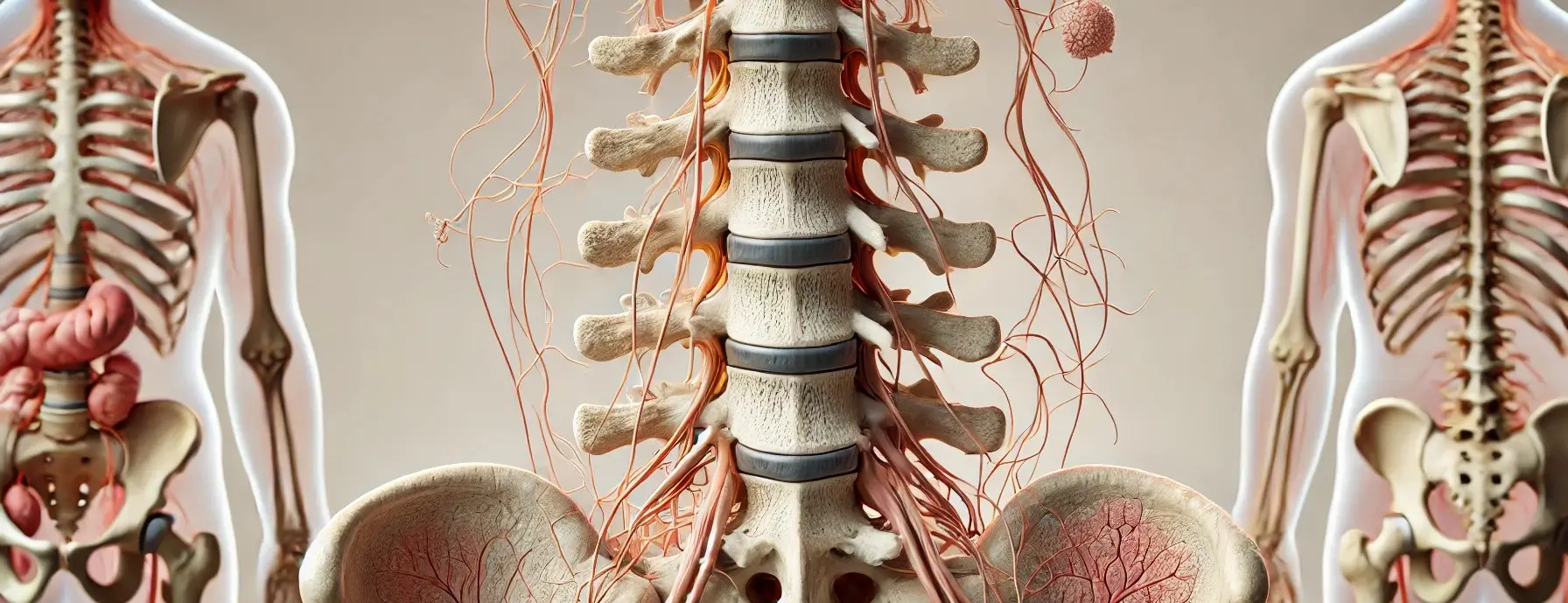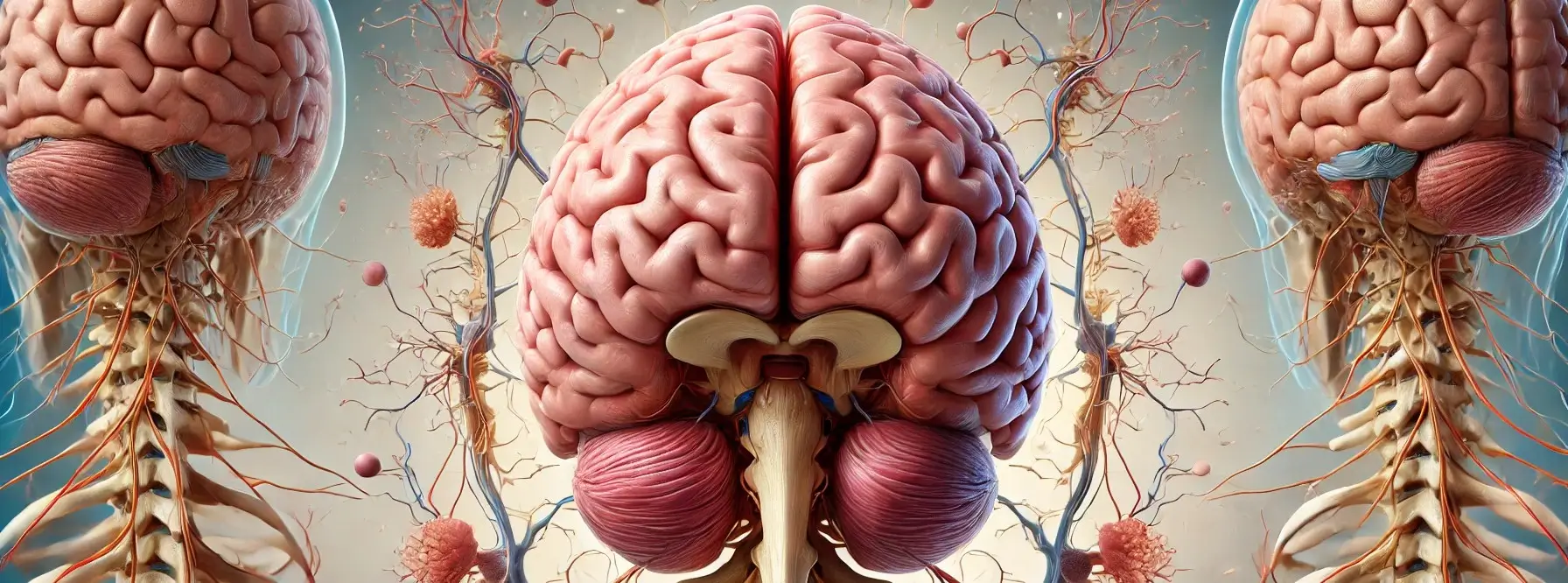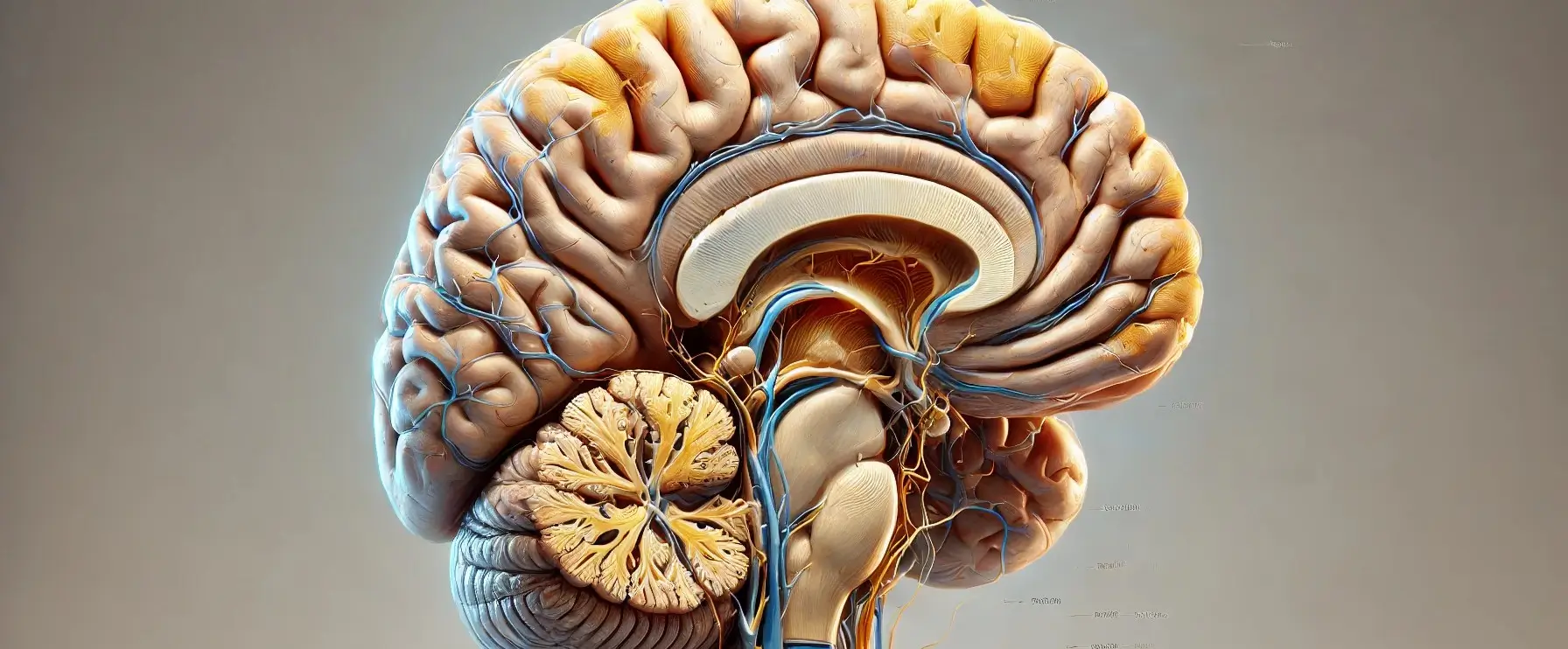Pulse
A pulse is the rhythmic expansion and contraction of arteries caused by the surge of blood with each heartbeat. It is an important indicator of cardiovascular health and heart function. How the Pulse Works: During systole (heart contraction), blood is pumped into the arteries, increasing pressure within them. This pressure wave travels through the arterial … Read more










